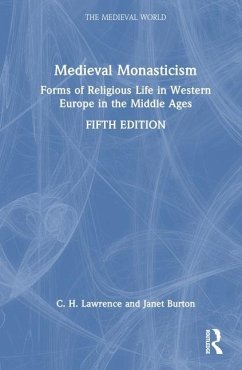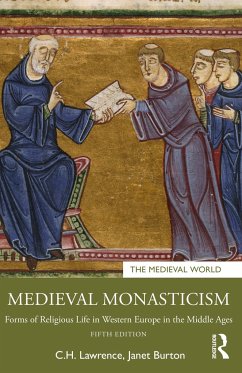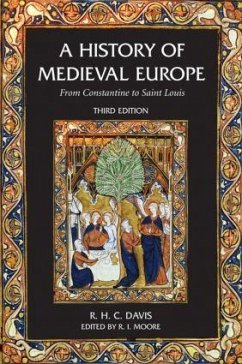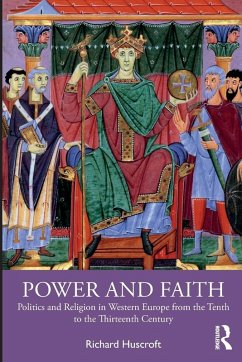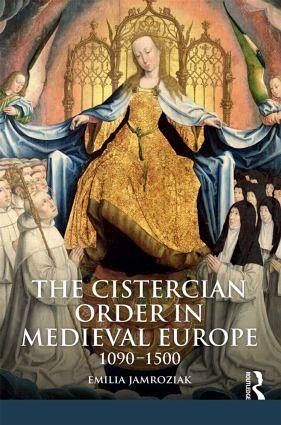
The Cistercian Order in Medieval Europe
1090-1500
Versandkostenfrei!
Versandfertig in 6-10 Tagen
48,99 €
inkl. MwSt.
Weitere Ausgaben:

PAYBACK Punkte
24 °P sammeln!
The Cistercian Order in Medieval Europe offers an accessible and engaging history of the Order from its beginnings in the twelfth century through to the early sixteenth century. Unlike most other existing volumes on this subject it gives a nuanced analysis of the late medieval Cistercian experience as well as the early years of the Order.Jamroziak argues that the story of the Cistercian Order in the Middle Ages was not one of a 'Golden Age' followed by decline, nor was the true 'Cistercian spirit' exclusively embedded in the early texts to remain unchanged for centuries. Instead she shows how ...
The Cistercian Order in Medieval Europe offers an accessible and engaging history of the Order from its beginnings in the twelfth century through to the early sixteenth century. Unlike most other existing volumes on this subject it gives a nuanced analysis of the late medieval Cistercian experience as well as the early years of the Order.
Jamroziak argues that the story of the Cistercian Order in the Middle Ages was not one of a 'Golden Age' followed by decline, nor was the true 'Cistercian spirit' exclusively embedded in the early texts to remain unchanged for centuries. Instead she shows how the Order functioned and changed over time as an international organisation, held together by a novel 'management system'; from Estonia in the east to Portugal in the west, and from Norway to Italy. The ability to adapt and respond to these very different social and economic conditions is what made the Cistercians so successful.
This book draws upon a wide range of primary sources, as well as scholarly literature in several languages, to explore the following key areas:
the degree of centralisation versus local specificity
how much the contact between monastic communities and lay people changed over time
how the concept of reform was central to the Medieval history of the Cistercian Order
This book will appeal to anyone interested in Medieval history and the Medieval Church more generally as well as those with a particular interest in monasticism.
Jamroziak argues that the story of the Cistercian Order in the Middle Ages was not one of a 'Golden Age' followed by decline, nor was the true 'Cistercian spirit' exclusively embedded in the early texts to remain unchanged for centuries. Instead she shows how the Order functioned and changed over time as an international organisation, held together by a novel 'management system'; from Estonia in the east to Portugal in the west, and from Norway to Italy. The ability to adapt and respond to these very different social and economic conditions is what made the Cistercians so successful.
This book draws upon a wide range of primary sources, as well as scholarly literature in several languages, to explore the following key areas:
the degree of centralisation versus local specificity
how much the contact between monastic communities and lay people changed over time
how the concept of reform was central to the Medieval history of the Cistercian Order
This book will appeal to anyone interested in Medieval history and the Medieval Church more generally as well as those with a particular interest in monasticism.





